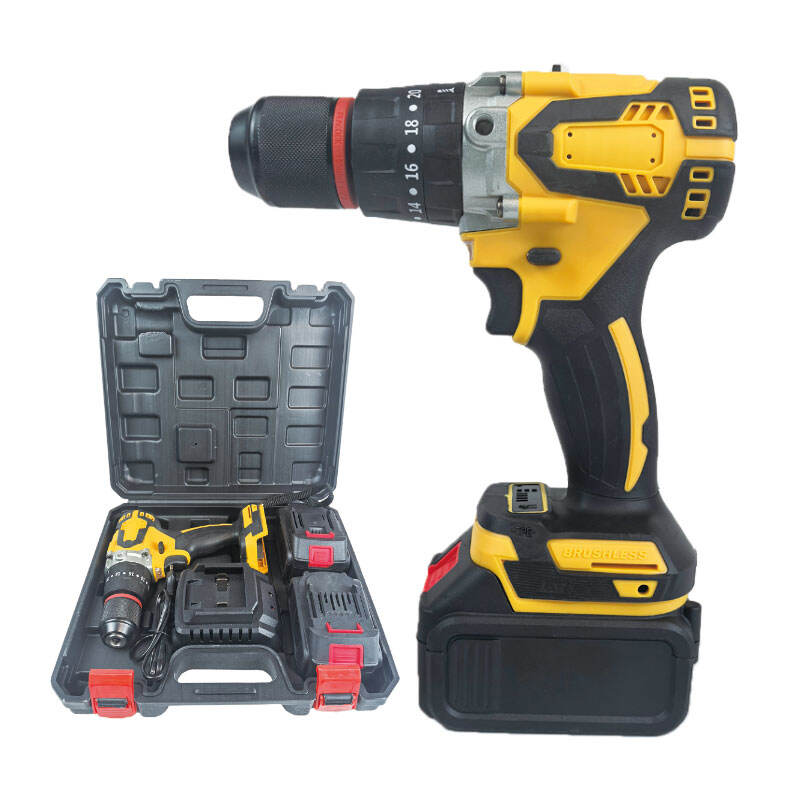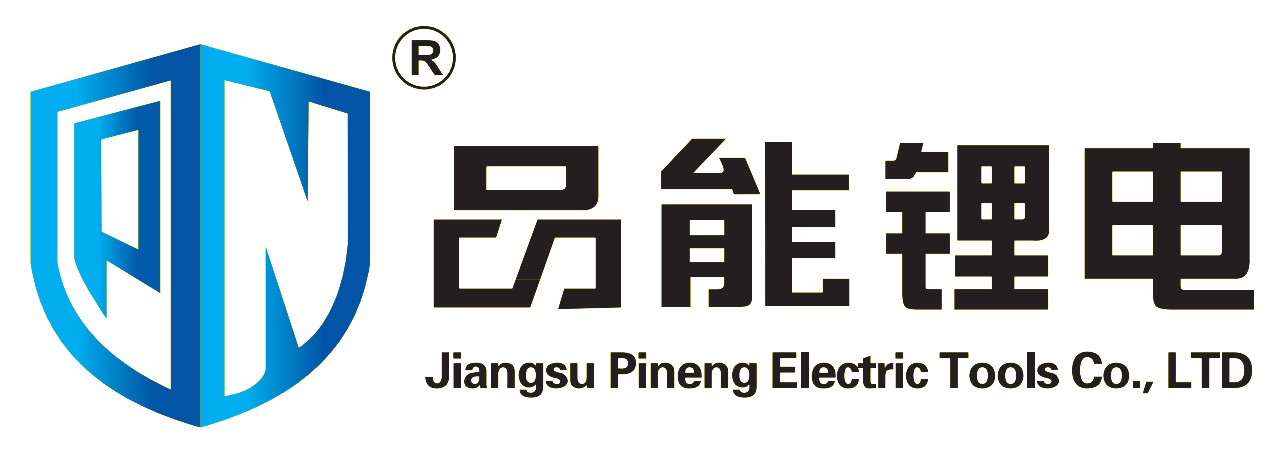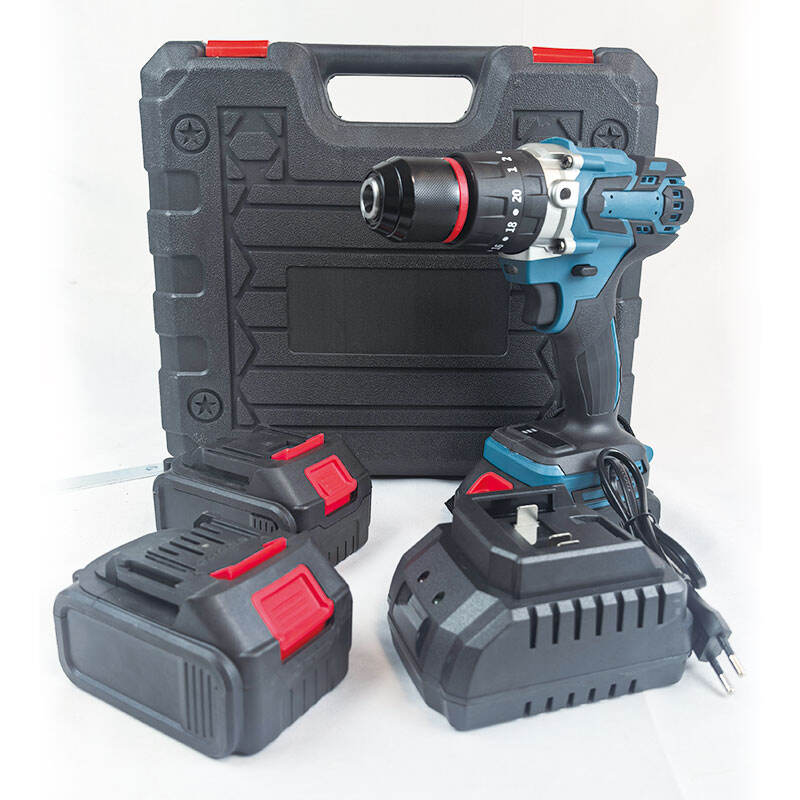Understanding the Power and Versatility of Impact Drilling Technology
Impact drills represent a cornerstone of modern construction and home improvement, combining rotary motion with powerful hammering action to tackle the most demanding drilling tasks. These robust power tools have revolutionized how we approach drilling through various materials, from concrete to masonry, making previously challenging projects more accessible and efficient.
Professional contractors and DIY enthusiasts alike rely on impact drills for their superior performance and versatility. The unique mechanism of an impact drill delivers concentrated force through rapid hammer-like blows while maintaining rotational movement, allowing for effective penetration of hard surfaces while reducing user fatigue. This sophisticated combination of forces makes impact drills indispensable in numerous applications across construction, renovation, and industrial settings.
Construction and Professional Applications
Heavy-Duty Construction Projects
In the construction industry, impact drills prove invaluable for large-scale projects where precision and power are paramount. Professional builders regularly employ these tools for installing anchors in concrete foundations, securing structural elements, and creating mounting points for heavy equipment. The impact drill's ability to maintain consistent force while drilling through reinforced concrete makes it essential for commercial construction sites.
Foundation work particularly benefits from impact drill technology, as these tools can easily penetrate dense materials while maintaining accuracy. Construction teams often use impact drills when installing support systems, running conduit through concrete walls, or setting up scaffolding anchor points. The tool's durability and reliable performance make it a mainstay in professional construction environments.
Infrastructure Development and Maintenance
Infrastructure projects heavily rely on impact drills for various applications, from bridge maintenance to tunnel construction. These tools excel in situations requiring precise holes in concrete barriers, support columns, or road surfaces. Municipal workers and contractors frequently use impact drills for installing street signs, traffic signals, and other public infrastructure elements.
The versatility of impact drills becomes particularly apparent in retrofit projects, where workers must modify existing structures without compromising their integrity. Whether installing new utility lines or updating safety features on older buildings, impact drills provide the necessary power and control for successful completion.
Residential and DIY Applications
Home Renovation Projects
Homeowners and renovation specialists find impact drills invaluable for various household projects. From mounting heavy mirrors and artwork to installing shelving systems, these tools make quick work of tasks that would be challenging with standard drills. The impact mechanism proves especially useful when working with older homes featuring thick plaster walls or brick surfaces.
Kitchen and bathroom renovations often require impact drills for installing cabinets, towel racks, and other fixtures into tile or concrete backing. The tool's precise control allows for clean holes without cracking surrounding materials, making it perfect for delicate renovation work.
Outdoor and Landscaping Uses
Impact drills excel in outdoor applications, from building decks to installing fence posts. Their weather-resistant design and powerful performance make them ideal for creating drainage holes, mounting outdoor lighting, or securing garden structures. Landscapers particularly appreciate the tool's ability to drill through compacted soil and root systems when installing irrigation systems.
These versatile tools also prove essential for outdoor furniture assembly and installation of play equipment. Their powerful action easily handles pressure-treated lumber and composite materials commonly used in outdoor construction projects.

Industrial and Manufacturing Settings
Assembly Line Operations
Manufacturing facilities utilize impact drills for various assembly processes, particularly in heavy equipment production. The consistent performance and durability of these tools make them ideal for repetitive drilling tasks in industrial settings. Assembly line workers rely on impact drills for creating precise mounting points in metal components and assembling large machinery.
The ergonomic design of modern impact drills helps reduce worker fatigue during long production shifts, while their advanced safety features protect operators in demanding industrial environments. Many manufacturers have integrated impact drills into their standard tooling requirements for quality control and efficiency purposes.
Maintenance and Repair Operations
Industrial maintenance teams depend on impact drills for regular equipment repairs and facility upgrades. These tools prove invaluable when working with hardened materials or in tight spaces where traditional drilling methods might fall short. Their versatility allows maintenance personnel to handle everything from equipment mounting to structural repairs efficiently.
Plant engineers often specify impact drills for installing new production equipment or modifying existing systems. The tools' reliability and precise control make them essential for maintaining industrial infrastructure while minimizing downtime.
Specialized Applications and Emerging Uses
Scientific and Research Applications
Research facilities and laboratories have found unique applications for impact drills in scientific studies and experimental setups. These tools prove valuable in geological research, materials testing, and specialized equipment installation. Their precise control and consistent performance make them suitable for applications requiring repeatable results.
Environmental researchers often use impact drills for soil sampling and installing monitoring equipment. The tools' adaptability to various materials and conditions makes them essential for field research and data collection activities.
Innovative Construction Methods
Modern construction techniques increasingly incorporate impact drills in novel ways, particularly in sustainable building practices. These tools facilitate the installation of solar panels, wind turbine components, and other renewable energy systems. Their versatility supports the growing trend toward green construction methods and energy-efficient retrofitting.
The development of new building materials and construction techniques continues to expand the applications for impact drills. From installing innovative fastening systems to creating mounting points for smart home technology, these tools remain at the forefront of construction innovation.
Frequently Asked Questions
What materials can an impact drill effectively penetrate?
Impact drills are highly effective on concrete, masonry, stone, brick, and other dense materials. They can also be used on metal, wood, and composite materials, though adjusting the speed and force is crucial for optimal results and preventing damage to softer materials.
How does an impact drill differ from a standard power drill?
Impact drills combine rotary motion with a hammering action, delivering significantly more force than standard drills. This combination allows them to penetrate harder materials more efficiently while requiring less pressure from the user. The hammering mechanism also helps prevent bit slippage and reduces user fatigue.
What safety precautions should be taken when using an impact drill?
Always wear appropriate safety gear, including eye protection, ear protection, and work gloves. Ensure proper bit installation and material support, maintain firm control of the tool, and use the appropriate speed and pressure for the material being drilled. Regular tool maintenance and inspection are also essential for safe operation.


